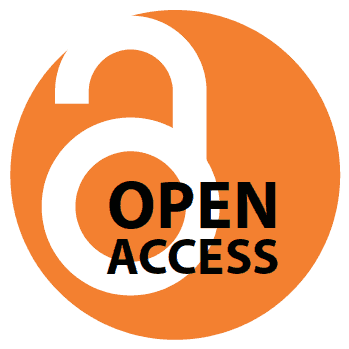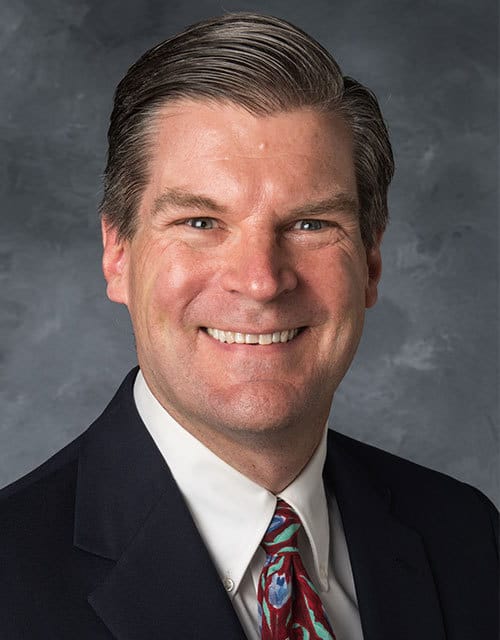Written by Brian Westra, Data Services Manager This year’s International Open Access Week is emphasizing equitable foundations for open knowledge. Across the sciences, social sciences, and humanities there is a growing recognition of the importance of open access to research data. The FAIR (Findable, Accessible, Interoperable, and Reusable) data principles encompass a set of technical/ computationalContinue reading “Open Access to Research Data”
Author Archives: Willow Fuchs
Scholarly Communications and OA
Written by Mahrya Burnett, Scholarly Communications Librarian In the libraries, we spend the whole month of October celebrating Open Access (OA), and with good reason. As scholarly publishing continues to evolve and spawn new models for disseminating knowledge, it’s more important than ever to make sure that anyone can access critical research andContinue reading “Scholarly Communications and OA”
Guest post: Open Access – a fitting model for the case report
During the month of Open Access week (October 22-28, 2018) we will be highlighting a number of guest posts from University of Iowa Faculty and Staff who have personal experience making their work Open Access. We appreciate their contributions. The fourth post is by Alex C. Essenmacher, MD, Diagnostic Radiology.
Guest Post: Biomedical Cutting Edge Technology and Open Access Publication: A Synergistic Must
During the month of Open Access week (October 22-28, 2018) we will be highlighting a number of guest posts from University of Iowa Faculty and Staff who have personal experience making their work Open Access. We appreciate their contributions. The third post is by Jose Assouline, Ph.D. Bioengineering and NanoMedtrix, LLC
Guest Post: Open Access Journals are Subversive
During the month of Open Access week (October 22-28, 2018) we will be highlighting a number of guest posts from University of Iowa Faculty and Staff who have personal experience making their work Open Access. We appreciate their contributions. The second post is by Geb Thomas, Professor, Industrial and Systems Engineering
Guest Post: Actualizing Unrestricted Knowledge Sharing for Collaborators, Partners, Allies, and Beneficiaries, Globally
During the month of Open Access week (October 22-28, 2018) we will be highlighting a number of guest posts from University of Iowa Faculty and Staff who have personal experience making their work Open Access. We appreciate their contributions. The first post is by Danielle Medgyesi, recent MS Graduate, Department of Occupational and Environmental Health
Guest Post: OA Publishing – The Sensible Way Forward
During the month of Open Access week (October 23-29, 2017) we will be highlighting a number of guest posts from University of Iowa Faculty and Staff who have personal experience making their work Open Access. We appreciate their contributions. The six, and final post is by Kanchna Ramchandran, Associate Research Scientist, Department of Psychiatry. One of the ultimateContinue reading “Guest Post: OA Publishing – The Sensible Way Forward”
Guest Post: Calling Balls and Strikes after Beall’s List
During the month of Open Access week (October 23-29, 2017) we will be highlighting a number of guest posts from University of Iowa Faculty and Staff who have personal experience making their work Open Access. We appreciate their contributions. The fifth post is by our own Mahrya Carncross, Scholarly Communication Librarian. With the proliferation of open accessContinue reading “Guest Post: Calling Balls and Strikes after Beall’s List”
Guest Post: A new path for sharing your research
During the month of Open Access week (October 23-29, 2017) we will be highlighting a number of guest posts from University of Iowa Faculty and Staff who have personal experience making their work Open Access. We appreciate their contributions. The fourth post is by Thomas Gruca, Henry B. Tippie Research Professor of Marketing,
Guest Post: Open Access – The sound way forward
During the month of Open Access week (October 23-29, 2017) we will be highlighting a number of guest posts from University of Iowa Faculty and Staff who have personal experience making their work Open Access. We appreciate their contributions. The third post is by Padmini Srinivasan, Professor, Computer Science.


